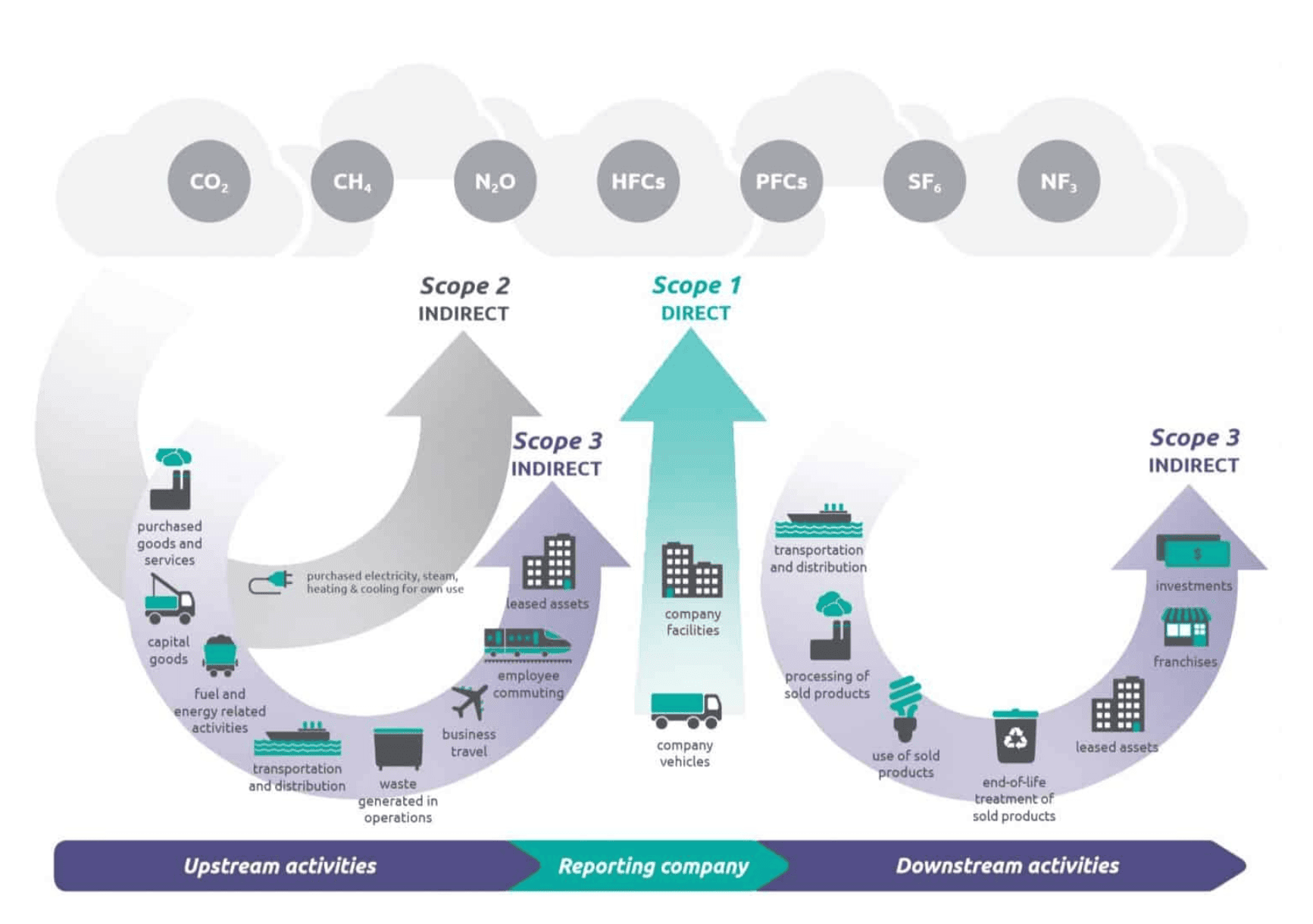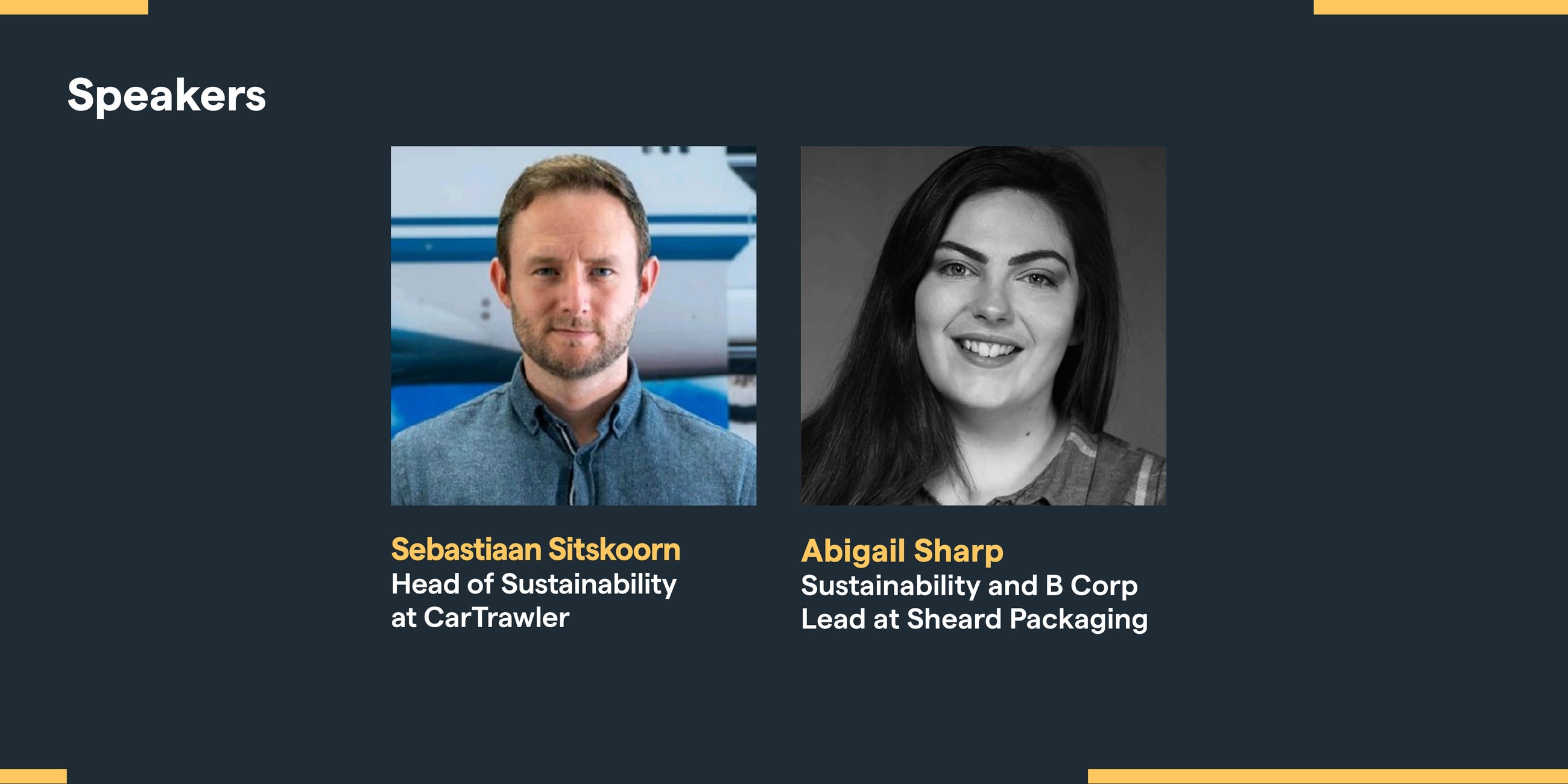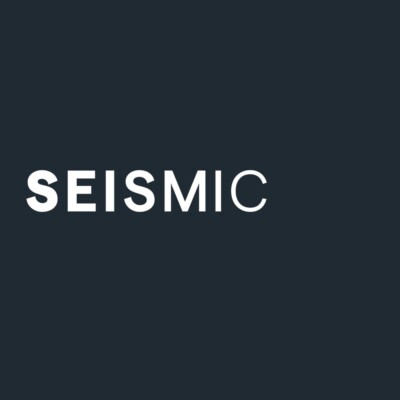
With increasing pressure on achieving Net Zero by 2030, we are examining how setting strategic targets can be the pivotal starting point.
In our recent Breakfast Briefing, Seismic’s Head of Service Excellence, Inge Hertzog and Senior Consultant, Joe Venables, are joined by sustainability leaders Sebastiaan Sitskoorn, Head of Sustainability at CarTrawler and Abigail Sharp, Sustainability and B Corp Lead at Sheard Packaging, to share insights on their own carbon journeys.
Why should businesses consider carbon reduction targets?
We’re close to reaching the 1.5-degree global temperature increase, which has accelerated exponentially over the last forty years. Unless ambitious climate action is taken by governments and businesses, global temperatures will continue to rise. We need to stop population and business growth being coupled with emissions growth.
Consequences like global changes in weather, sea levels, the ocean’s acidity, reduction in biodiversity, and adverse effects on human health, water and food security will all add up to disrupt the foundation our society is built on.
Businesses have the ability to drive impact on carbon reduction and can work together to combat climate change.
How should a business approach setting targets?
Don’t allow the Net Zero goal to become an intimidating one; break this challenge down into manageable chunks.
- Start by measuring your Scope 1-3 carbon footprint – Which will allow you to develop Net Zero pathways and an action plan.
- Create your Net Zero pathways and an action plan – Based on your carbon footprint and actions you can implement as a business, consider how far you can expect to reduce emissions while considering business growth.
- Set formal targets – The first two steps are both about measurement and then you can move on to setting a formal target.
- Implement your plan – Implement a Net Zero action plan and a continual cycle of measuring and reporting against target progress. Frameworks like B Corp can guide you through this approach.
How should a business approach setting a target?
The first step is to measure and understand Scope 1-3 emissions.

Scope 1 includes emissions generated whilst a company performs its business activities and that have a direct impact on greenhouse gas emissions, commonly including energy output from your buildings and vehicles.
Scope 2 includes off-site generated energy consumption, including electricity, gas and steam, for example.
Scope 3 looks at all the other emission impacts that sit within your upstream supply chain, such as business waste and travel, and downstream value chain, things like distribution and end-of-life treatment of sold products.
When a company understands its baseline emissions, it can start looking at what levers it can pull to reduce them. Taking electricity as an example, one lever might be reducing consumption, and another might be changing tariffs.
Defining carbon reduction targets
Lowest ambition = Carbon neutrality
This involves measuring the carbon footprint annually, making reductions where possible and neutralising carbon emissions with high-quality carbon offsets every year. This is only relevant to some businesses. Offsetting in isolation doesn’t make an organisation Net Zero, and offsets cannot contribute towards an organisation’s emission reduction goal.
Medium ambition = Near-term Science Based Target
Measure Scope 1-3 carbon footprint, set a Science Based emission reduction target for 2030, commit to ~42% Scope 1 and 2 reductions, and measure and reduce Scope 3 emissions. It needs to report on this and submit targets to the SBTi for validation. Considerations around this apply to organisations that do not meet the SME criteria.
Highest ambition = Long-term Net Zero Science Based Target
Along with annually measuring your carbon footprint and setting a near-term Science Based Target for 2030 or earlier, for Long-term Net zero targets, your business needs to commit to deeper emission cuts by 2050 or earlier. This equates to ~90% reduction in Scope 1-3 emissions. Reduce and report organisational emissions annually over the target window. Neutralise residual emissions with high-quality offsets once the target has been achieved.
Insights from an expert panel
Seismic curated a discussion with sustainability leaders who shared their experience on their companies carbon journeys. On the Panel:
- Inge Hertzog, Seismic’s Head of Service Excellence was joined by:
- Sebastiaan Sitskoorn, Head of Sustainability at CarTrawler
- Abigail Sharp, Sustainability and B Corp Lead at Sheard Packaging
- Joe Venables, Senior Consultant at Seismic

The strategic approach to defining carbon targets
Both experts emphasised the importance of first identifying major emissions contributors through carbon footprint measurements and then using the Science Based Targets initiative (SBTi) and guidelines to set targets. This allowed Sheard Packaging to identify their carbon hotspots, helping them find the right pathways and setting targets. CarTrawler has zero emissions for Scope 1-2, so this process clarified it was all about Scope 3 and reducing emissions by up to 90%.
Current carbon priorities
CarTrawler has 1,700 global business partners, so air travel has become a primary concern. Sebastiaan said, “Those partner relationships across the world are important to us, and our reps need to travel a lot. But we have control over who we fly with and are looking at airlines that have approved SBTi targets to significantly impact our Scope 3 emissions. The other main element is working towards reducing those flights through cultural change, which is going to take time.
Abigail shared that Sheard’s initial carbon priority was setting the target (which they’ve just achieved), using their carbon footprint to support the Materiality Assessment, and letting them know what the key carbon emissions were. She added, “Being a manufacturer, it’s of no surprise that our energy use is a real carbon priority. So we looked at both renewable consumption, procuring renewable energy and also generation – we have some solar panels on site. As producers of cardboard, we’re also focusing on how to make that less carbon-intensive.”
Innovative partnerships and collaborations that drive progress
Both of the experts highlighted their transformative partnership with Seismic, emphasising the invaluable advice and guidance they’ve received on their sustainability journeys. The value of external consultancy supports businesses in seeing the holistic picture, finding the right pathway to work more efficiently and boosting confidence for company growth.
CarTrawler has found that whilst the progression toward hybrid and electric vehicles ramps up, the infrastructure isn’t always in place to support demand. They are developing reports for their suppliers to take to their local governments, containing all the information they need to explain the number of electric vehicles they can expect on the road. Thereby increasing infrastructure, encouraging customers to choose a more eco-friendly option and allowing their customers to drive around with more security and a smaller carbon footprint.
Sheard has recently built a mobile innovation centre, allowing the technical and design teams to reach out to customers, looking at value optimisation across their product delivery. This has a cost impact on customers and has also made carbon reductions.
Top tips from our experts
- Use recognised measurement tools to make data collection a priority.
- Keep communication between key customers and suppliers a two-way conversation. Be open to learning from those around you.
- Be resilient. Don’t become disheartened by the challenges. Each subsequent year gets easier.
- Collaborate with a sustainability consultant to accelerate progress and gain valuable insights.
- Recognise the weight of the factors at play and the level of control you have over them. If you have no control or influence, prioritise accordingly.
- Stay motivated by knowing this isn’t just an academic exercise. It’s a cost-saving tool with real-world impact.
Watch the recording
If you missed the Breakfast Briefing, you can watch the recording below. Seismic’s monthly Breakfast Briefings aim to inform, educate and inspire our community. Sign up for our monthly newsletter to receive invites to upcoming events.
Your Sustainability Partner
At Seismic, our team of experts is committed to guiding businesses on their journey towards Net Zero. Join us in shaping the future of sustainable practices. Speak to our Carbon & Net Zero experts.


